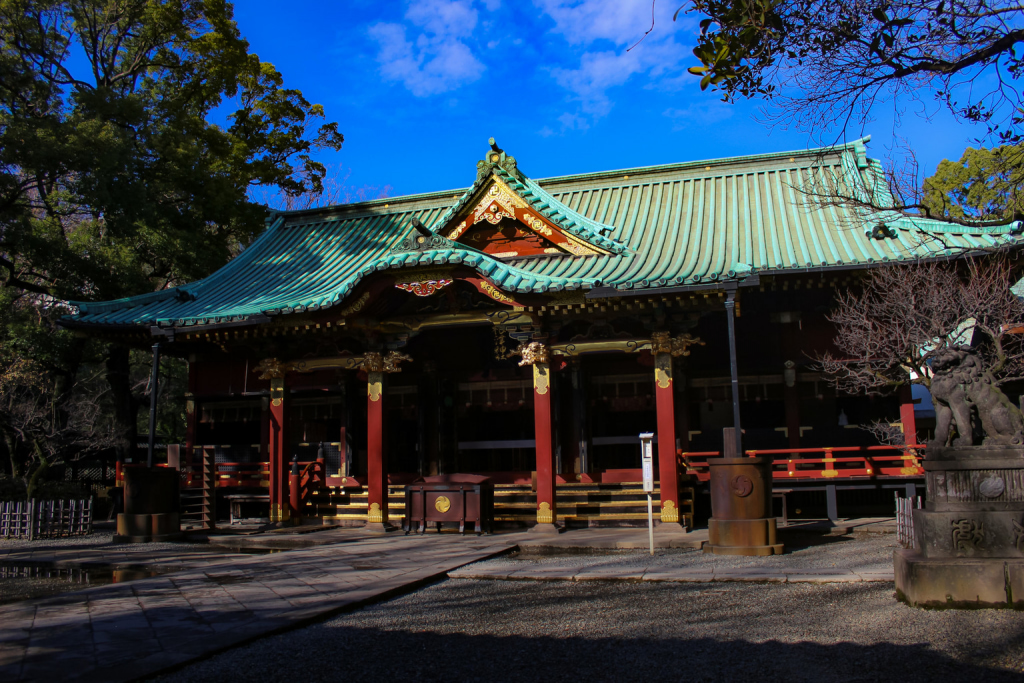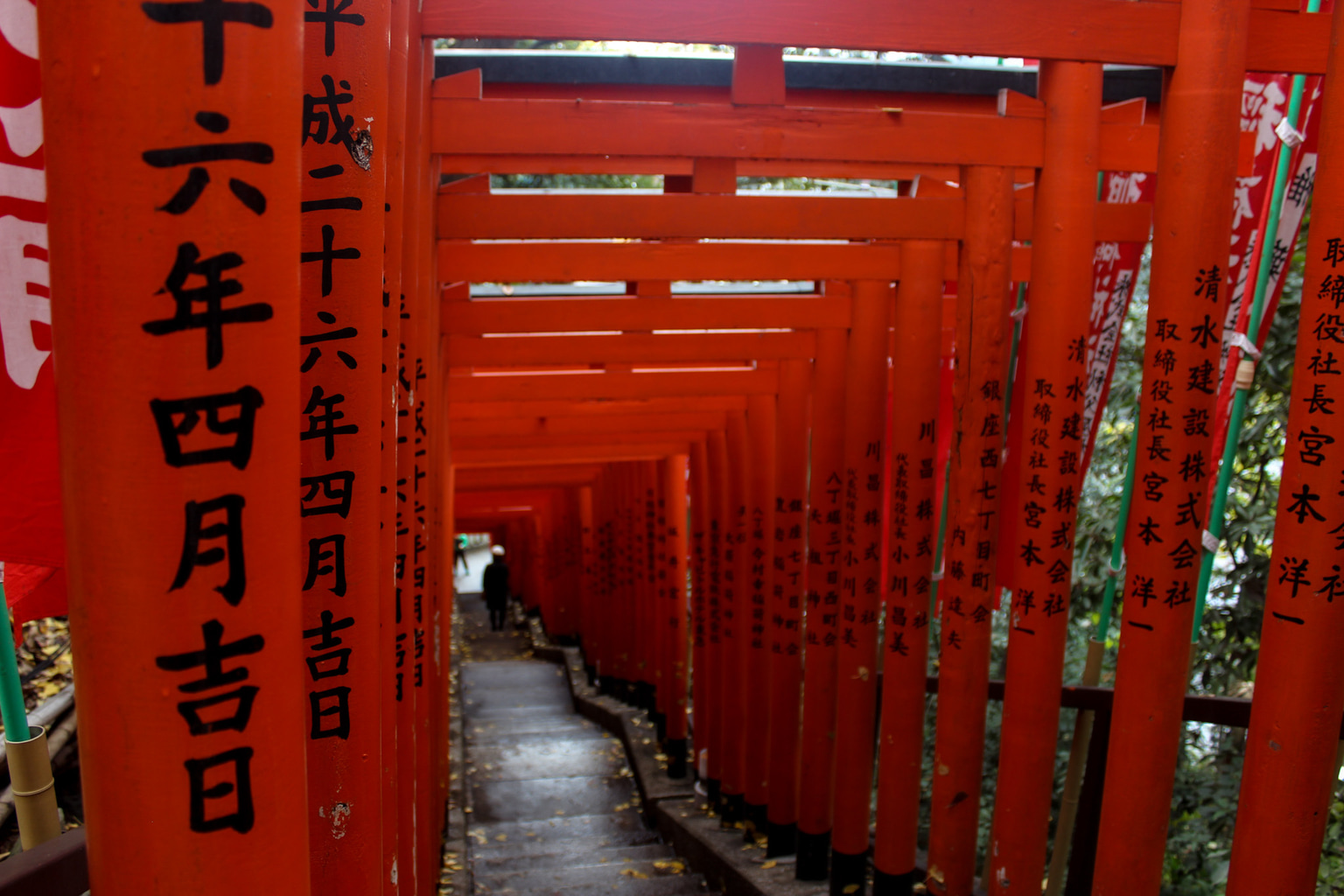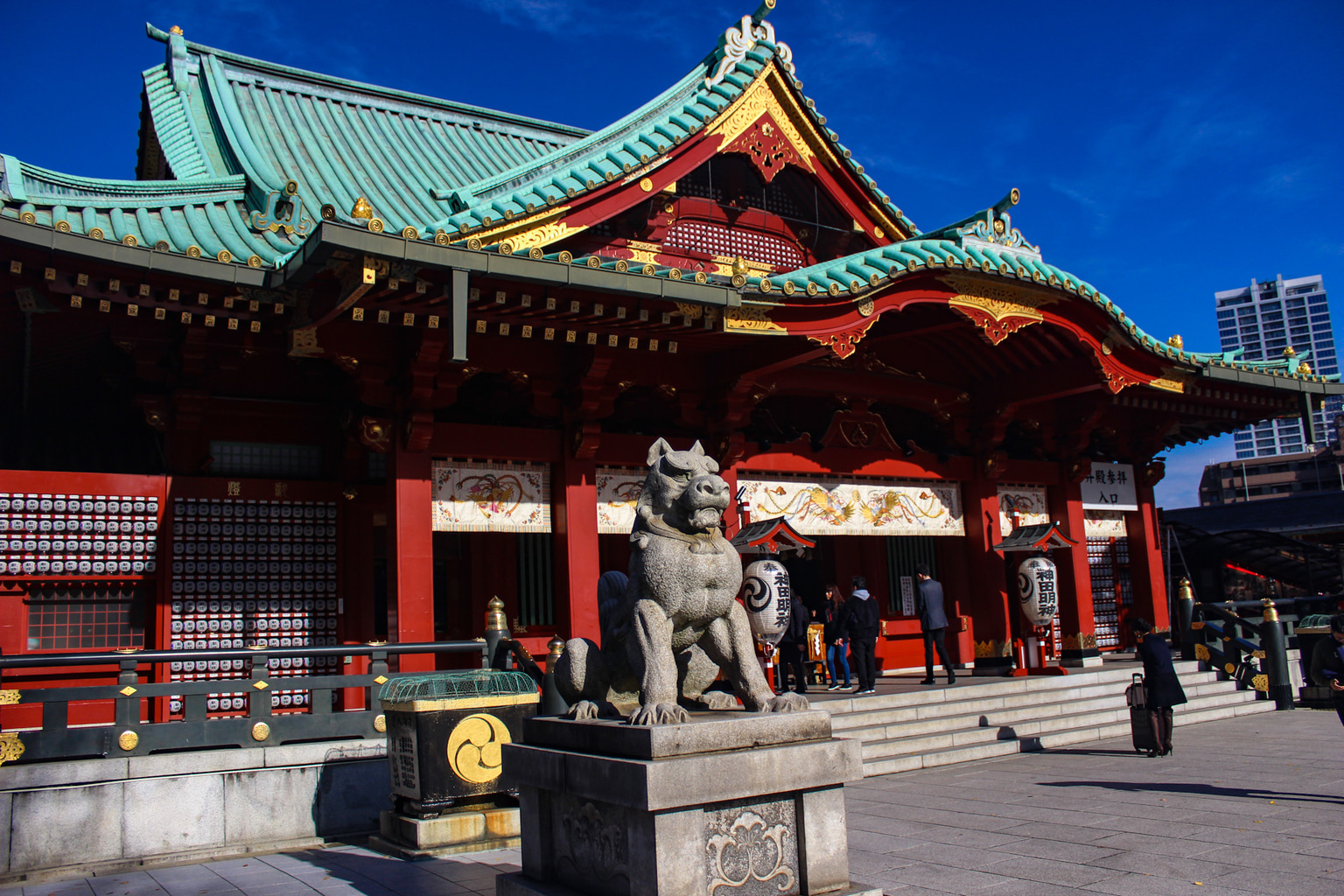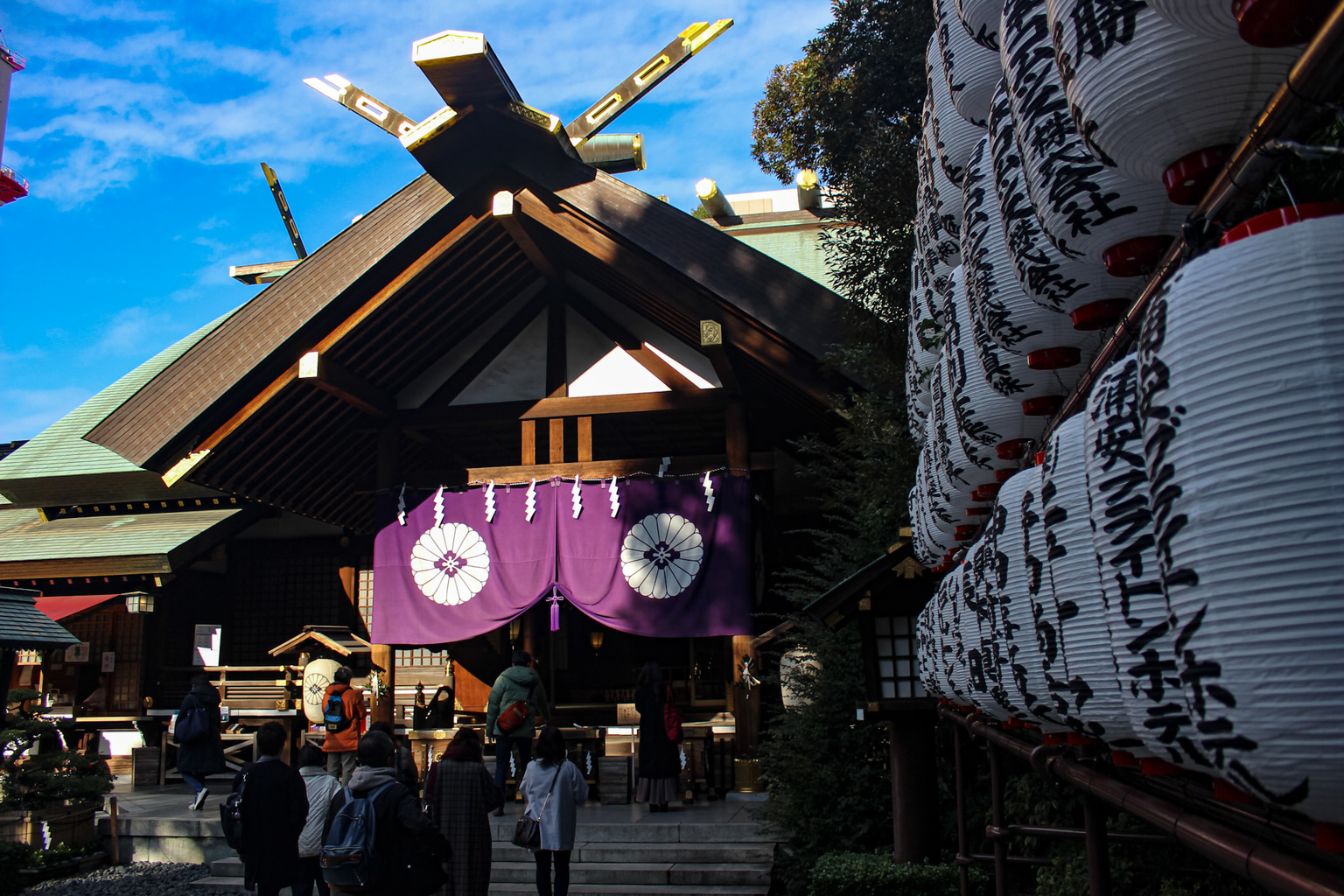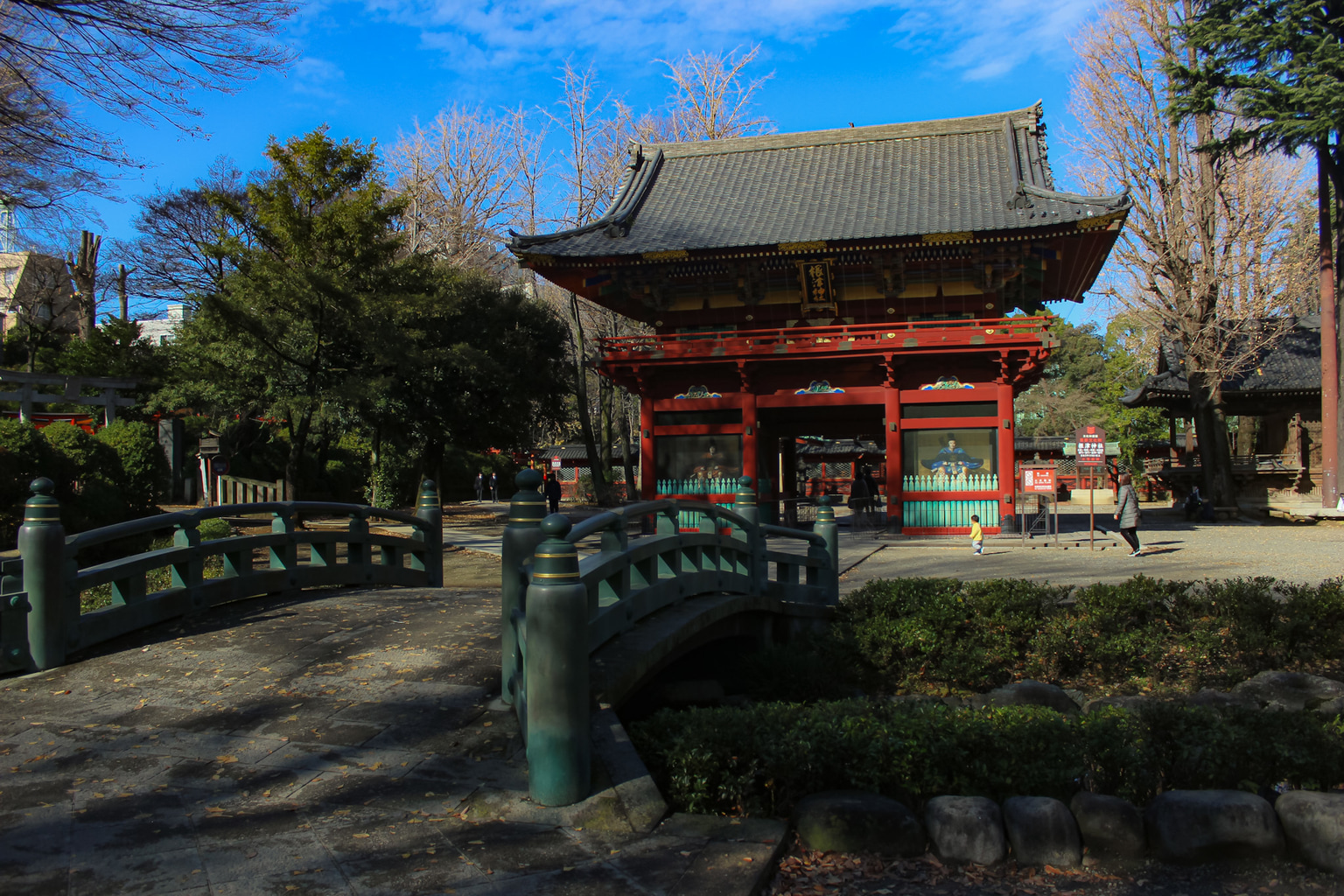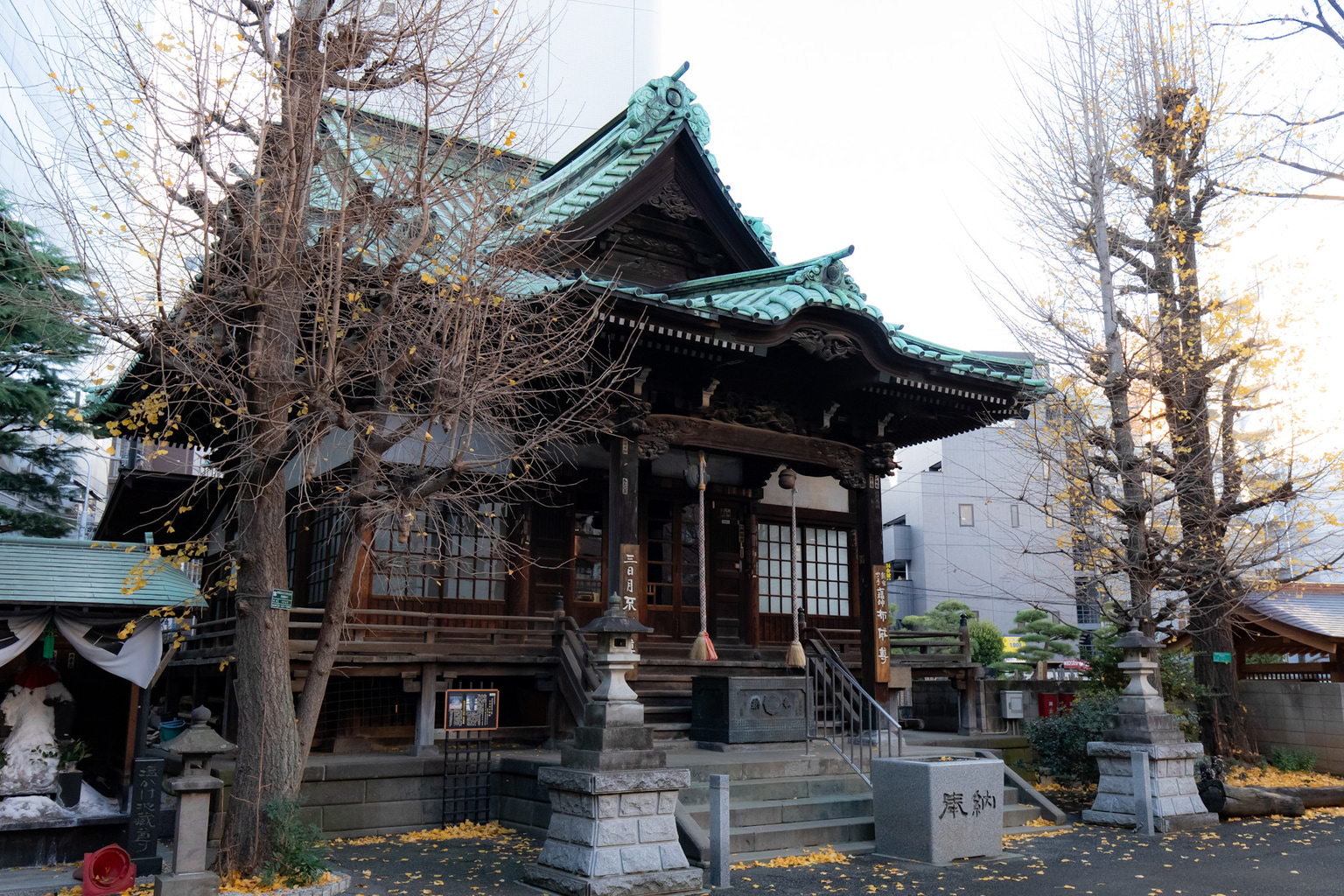New Year’s in Japan is a time for family and celebration, similarly to how Christmas is treated in the West. Although every family has their own traditions and practices for calling in the new year, there is one single tradition which unites all Japanese people – hatsumode. The first shrine visit of the year, hatsumode originates in Shintoism. During this intense four-day period, generally considered between December 31 and January 3, people from all over Japan visit their local shrines to cleanse themselves and pray for the new year.
Hatsumode is also carried out by those not of the Shinto faith, and thus Buddhist temples and Buddhist practitioners also take part in this tradition. Hatsumode isn’t just the first shrine visit of the year, but it’s also a time for people to replace their own yearly omamori (good luck charms or amulets), which normally have a luck-shelf-life of about a year. They can also see what luck the coming year has in store with the purchase of an annual omikuji – a written fortune.
As hatsumode is a customary event, hundreds of thousands of people visit the most popular shrines in Tokyo, but for those looking for something a little less crowded, here are some smaller, more intimate shrines hidden around Tokyo.
Hie Shrine
Rebuilt after the Second World War, Hie Shrine has been loved by local residents and Shinto practitioners since before its renewal. One of Tokyo’s major shrines it is sometimes missed by travelers to Tokyo as it sits on a hilltop hidden away from the public’s view. The west back-entrance takes you through a vivid tunnel of red torii gates, an iconic scene which screams Japan. Being a Shinto shrine, Hie Shrine holds a big hatsumode celebration each year. What better place to meet locals and celebrate the new year than at this hilltop temple in the middle of Tokyo.
Kanda Myoujin Shrine
A large shrine near Tokyo’s Akihabara Station this shrine is one of the more interesting locations on the list. Being so close to the famous electric town, the shrine stocks some pretty interesting good luck charms. Charms for luck in study and life are of course available, but the shrine also blesses charms specifically for luck with computers, electronic goods and new businesses. What better place to bless your newly received Christmas electronics than at this Akihabara-centric temple?
Tokyo Daijingu Shrine
A 3-minute walk from Iidabashi Station this elegant shrine sits hidden in the middle of a busy Tokyo residential area. This small shrine is insanely popular with couples who go to the shrine to pray for a long relationship or luck in looking for long-lasting love. The unique shape of Tokyo Daijingu Shrine also attracts overseas visitors. With its unusual shape and temple grounds, the shrine radiates originality and makes for a great place to chime in the new year.
Nezu Shrine
Hidden in Tokyo’s Bunkyo ward is one of Tokyo’s oldest shrine. Not as well-known as the famous Meiji Jingu, the Nezu Shrine has its own charms and features, making it this writer’s favorite shrine in Tokyo. Styled after Nikko’s Toshogu Shrine, this beautiful shrine has stood elegant since 1706. The temple grounds are quite large, but well maintained, and with a koi pond and lush greenery, this is a shrine that requires the utmost care. A main feature of the Nezu Shrine is its huge array of torii gates, which line the west side of the temple. The perfectly arranged gates make for a perfect New Year’s photo spot.
Your Local Temple
No matter where you call home in Japan, there is most definitely a local shrine. This shrine may not be as big as a major Tokyo shrines. It may not have torii gates or an original layout. It might not even have lucky charms specially catered to tech, but I’m sure as the sun will rise on the 1stof January, it’ll have its own charms. Sometimes the best way to celebrate the coming of the new year, is at your local shrine, surrounded by your adopted community.
Updated On December 26, 2023

